Wendell Berry, in his book Life Is a Miracle: An Essay Against Modern Superstition, cites a noted biochemist who contributed pioneering research on the structure of DNA.
“Life,” wrote Erwin Chargaff, “is the continual intervention of the inexplicable.”
Reading that statement led me to consider its validity in another context: our many human inventions and creations. For example, we have made technological devices such as radios, televisions, computers, and smart phones. All of these devices are complex functional marvels of electrical engineering, but as such, and without something more, they are essentially useless.
Without the continuous inflow of electricity through every component of a computer, for example, this complex piece of designed technology is about as useful as a block of wood. Or less so, because you can build or carve things with a block of wood, but not with a dead computer. The same could be said of a smart phone, or a DVD player, or a washing machine. A battery may provide temporary independence from an external source of power for some devices, but we all know how frustratingly short a time that independence lasts.
But another external something is also absolutely essential for many devices to function at their full design potential. For radios, televisions, and cell phones, a broadcast station that produces meaningful content and transmits it via appropriately tuned electromagnetic waves is required for realizing their designed purposes. Much of the functionality of my laptop lies unrealized without an active Wi-Fi connection to the internet.
Two Separate Ways
Intelligent design is a critical component of technology in at least two separate ways. First is the obvious intelligence needed to design and build the device. But the second relies on the implicit assumption of a continuous inflow of something more. As discussed above, the second requirement entails the supply of engineered energy (electricity) as well as continuous access to other intelligent humans through a communication system.
In an earlier article, I outlined the irreducibly complex essentials of any communication system: transmission, reception, and comprehension. We expect that the communication possibilities of our devices connect us to meaningful messages produced by other intelligent human beings. Nobody turns on a television just to watch the electromagnetic noise, or “snow,” on a non-broadcast station.
Should we be incredulous, then, to find that living organisms only function according to their design with a continual connection to something more? Materialistic worldviews in science and philosophy have championed the machine metaphor of living organisms, which aside from needing fuel, are believed to need nothing more. This may be true of simple machines, for a time, but even a lawnmower is a pointless pile of metal apart from being used for the purpose that serves its designer.
But more complex “machines” have now been invented by human designers that function only through constant interaction with external, intelligent entities. If we have reached the stage where our technological creations rely on continuous interaction with human intelligence and instruction, might we not reasonably expect that an intelligent designer would intend his highest creations — living creatures — to fully and optimally function through a continuous expression of the designer’s influence?
A Beautiful Piece of Engineering
Another category of human creativity that speaks to our topic is musical instruments. A flute, for example, is a beautiful piece of engineering, but its full purpose remains unrealized apart from the intimate touch and breath of a musician. A quality violin comes only from the workshop of a master craftsman, but even when formed to perfection, the instrument will not “hale souls out of men’s bodies”1 unless a master violinist draws the bow across the strings while applying precise pressure with his fingers.
Erwin Chargaff’s assessment of the “more than meets the eye” quality of living organisms resonates with similar conclusions uncovered by current genetic and cellular research. The new book by David Klinghoffer, Plato’s Revenge:The New Science of the Immaterial Genome, highlights comprehensive research by biologist Richard Sternberg that alerts us to the need for something more to explain life. From the book’s description:
At every moment, we owe our lives to a genome that is more than matter, and to an informational source that is immaterial, transcomputational, and beyond space and time.
Two Important Conclusions
We can draw two important conclusions from these considerations. One is that human inventions, whether technological or musical, are designed with an implicit immaterial aspect — namely their continuous fulfillment of an intended purpose. Stephen Iacoboni has written here extensively on the teleological aspects of life and the universe, emphasizing that purpose is foundational to our understanding of life’s complexity.
The second conclusion is that the more sophisticated a system is, the more essential is its ability to be in continuous contact with external sources of intelligence. Built-in programming may serve a limited purpose; AI may serve to extend that purpose, but ultimately these control mechanisms derive from external, guiding intelligence. In the case of our own lives, dare we live as if we are independent of our designer?
Notes
- William Shakespeare, Much Ado About Nothing, Act 2, Scene 3.








































